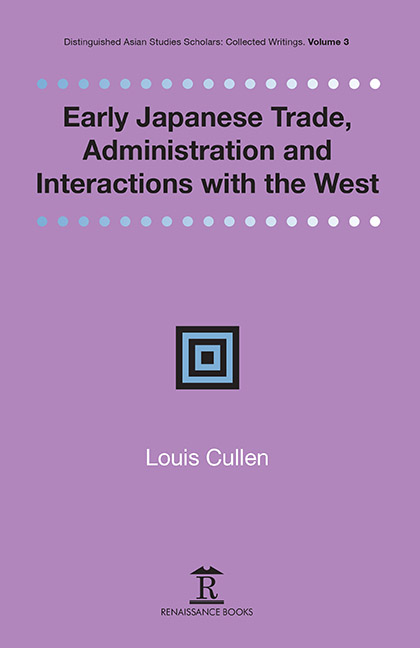4 - Gulliver in Japan: Swift’s Gulliver’s Travels
Published online by Cambridge University Press: 30 April 2022
Summary
SWIFT'S LARGEST AND most original corpus of writing, that effected in the 1720s, included besides the Wood's Halfpence pamphlets and the Modest Proposal of 1729, the celebrated Gulliver's Travels in 1726, a fictional work with underlying serious social and moral themes. It contains also a section on Japan. The section on Japan was the first published account to appear in English in the 1720s on Japan. It is one of only two works between 1706 and 1726 which had a Japanese theme. By coincidence or otherwise, it was published in 1726, a year ahead of Kaempfer's History of Japan, which was to remain in several languages the main source of information on Japan until 1853.
Swift's inclusion on the eve of the appearance of Kaempfer's great book of a brief chapter on Japan in Gulliver's Travels raises the question whether it is a case of coincidence or of conscious anticipation, through some awareness, of the ambitious project of publishing Kaempfer's manuscripts, which were firmly in the hands of Sir Hans Sloane from 1724 and which after a very belated and hurried process of translation from German into English, finally appeared in 1727. There was an interest in the translation, as the list of highly-placed subscribers collected in 1726–7 suggests.
The fact that Japan should appear in a volume of fabled travel in 1726, just ahead of Kaempfer (1651–1716) has long attracted attention. The study by William A. Eddy in 1923 could find no model for Japan in the context of travel fables: he considered the possibility that a Japanese account published at a later date in 1774 might have served as an inspiration. He speculated that awareness of fabled travels might have been brought back by the Dutch from Deshima and that Swift might have learned of the tales when acting as secretary to Sir William Temple, ambassador to Holland, in the 1680s. But this is a very fanciful chain of reasoning, Eddy himself observing that “all this, however, is but pernicious conjecture.” It was not unique as an imagined account of Japan.
- Type
- Chapter
- Information
- Publisher: Amsterdam University PressPrint publication year: 2020



